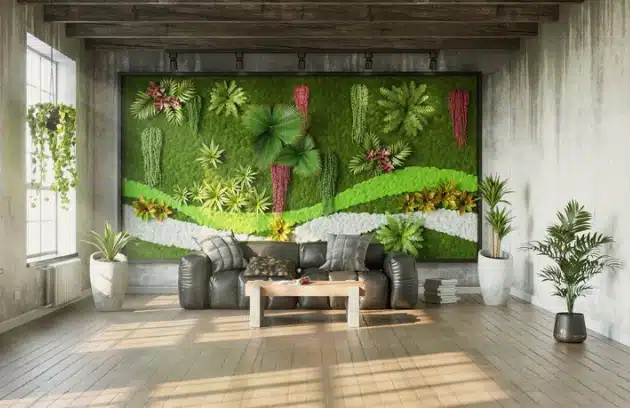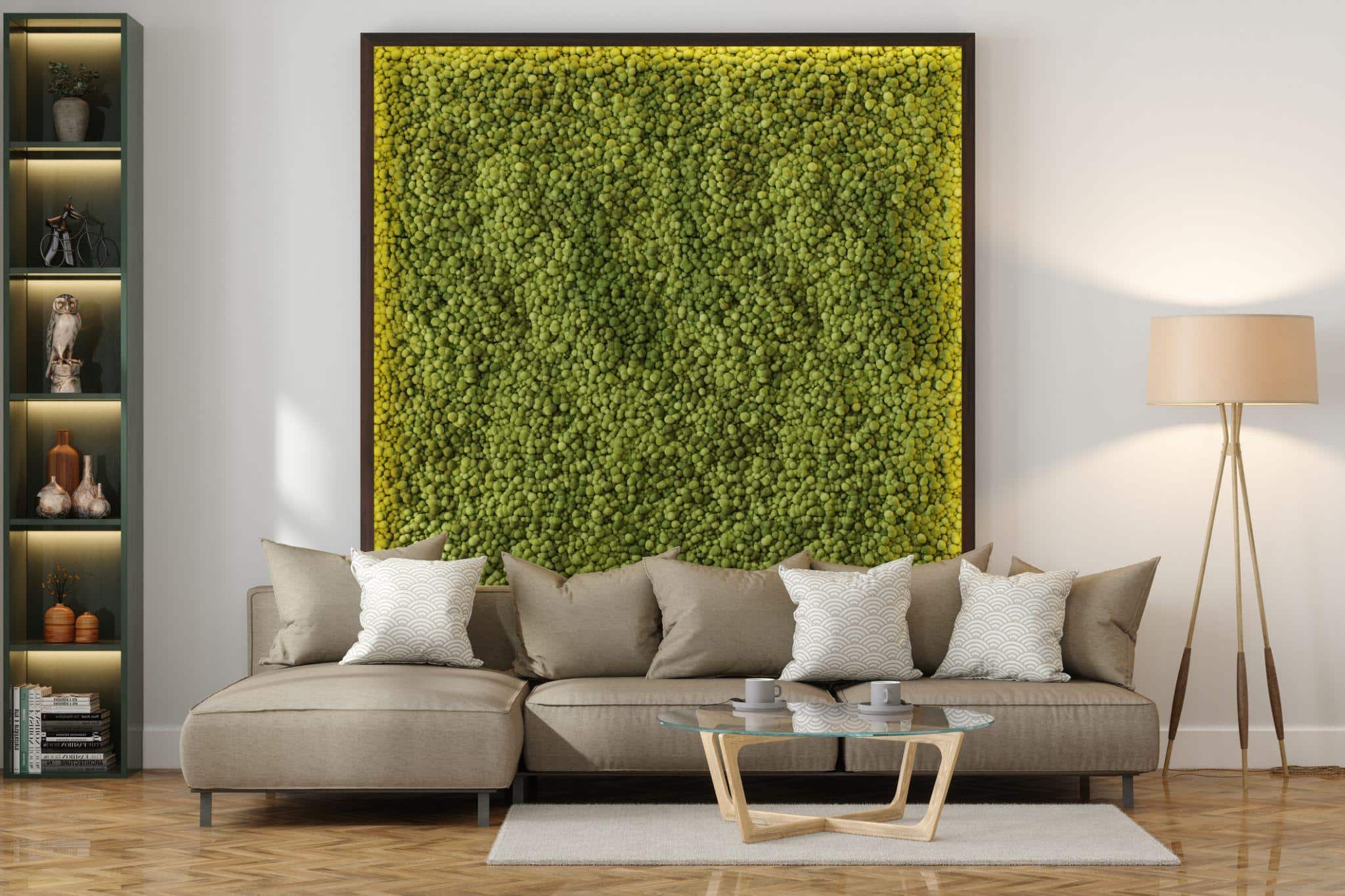Sustainable Interior Design: Transforming Your Home with Eco-Friendly Choices
The growing awareness of environmental issues in the United States has led many homeowners to seek ways to make their homes more sustainable. The desire to reduce our carbon footprint and live more eco-consciously drives a new wave of interest in sustainable interior design.
This approach goes beyond just choosing trendy or stylish decor—it’s about making decisions that positively impact the environment while creating a comfortable and beautiful living space. By focusing on natural materials, energy efficiency, and waste reduction, you can create a home that reflects your style and supports a healthier planet.
The Core Principles of Sustainable Interior Design

Sustainable interior design involves thoughtful choices that minimize environmental harm and promote well-being. This involves selecting renewable, recyclable, and non-toxic materials and implementing energy-efficient practices throughout your home.
The goal is to create an aesthetically pleasing and environmentally responsible space, ensuring that your home remains stylish and functional for years to come.
Selecting Sustainable Materials
The foundation of sustainable interior design lies in the materials you choose. Opting for natural, renewable materials such as bamboo, cork, and reclaimed wood can significantly reduce your home’s environmental impact. These materials have a lower carbon footprint and bring your interiors a warm, organic feel.
For instance, bamboo is an excellent alternative to traditional hardwood. It grows rapidly, making it a highly renewable resource, and it can be used for everything from flooring to furniture. Similarly, reclaimed wood offers a rustic charm while reducing the demand for new timber.
This approach conserves resources and gives new life to materials that might otherwise be discarded.
When it comes to fabrics, consider those made from organic cotton, linen, or hemp. These materials are grown without harmful pesticides and require less water than conventional cotton. They also have the added benefit of being biodegradable, reducing their impact on landfills.
Enhancing Energy Efficiency in Your Home
Beyond material selection, energy efficiency is a critical component of sustainable interior design. Installing solar panels is one of the most impactful ways to optimize your home’s energy usage. A common question homeowners ask is how many solar panels will be needed.
The answer depends on your energy consumption, roof space, and local climate. By generating your own electricity from sunlight, you can significantly reduce utility bills and your carbon footprint.
Pairing solar panels with energy storage systems, like batteries, allows you to store excess energy for later use, ensuring that none of the power you generate goes to waste. This also provides a reliable backup during power outages, further enhancing your home’s efficiency.
Additionally, combining solar panels with energy-efficient appliances amplifies your savings. Appliances with the highest energy ratings, powered by your solar system, consume less electricity overall. This maximizes the benefits of your solar investment and contributes to a more sustainable and cost-effective home.
Reducing Waste and Embracing Longevity
A key principle of sustainable interior design is reducing waste. This can be achieved by investing in high-quality, timeless pieces that are built to last. While it may be tempting to follow the latest trends, choosing classic designs ensures that your furniture and décor will remain stylish and functional for years, reducing the need for frequent replacements.
When updating your home, consider donating or repurposing old furniture instead of discarding it. With a little creativity, many items can be given a new life. For example, an old door can be transformed into a unique dining table, or glass jars can be repurposed as stylish storage containers.
Upcycling is another excellent way to reduce waste while adding character to your home. You can create unique pieces that reflect your style by creatively reusing materials. This reduces the demand for new resources and adds a unique touch to your interiors.
The Long-Term Benefits of Sustainable Design
Embracing sustainable interior design offers numerous long-term benefits. By creating a home that is energy-efficient, you’ll enjoy lower utility bills and a reduced environmental impact. Moreover, a home filled with natural materials and free from harmful chemicals contributes to better indoor air quality, enhancing your overall well-being.
Sustainable design also emphasizes durability and timelessness, meaning your home will remain stylish and functional for many years. This approach leads to less waste and fewer resources spent on constant updates or replacements.
Moreover, sustainable interior design is more than just a trend; it’s a commitment to creating a home that reflects your values and contributes to a healthier planet. By making thoughtful choices in materials, energy efficiency, and waste reduction, you can create a living space that is as eco-friendly as it is beautiful.
As you consider your next home improvement project, think beyond aesthetics. Consider how your decisions can positively impact the environment and your quality of life. With sustainable interior design, you’re not just decorating your home, you’re also designing for a sustainable future.







